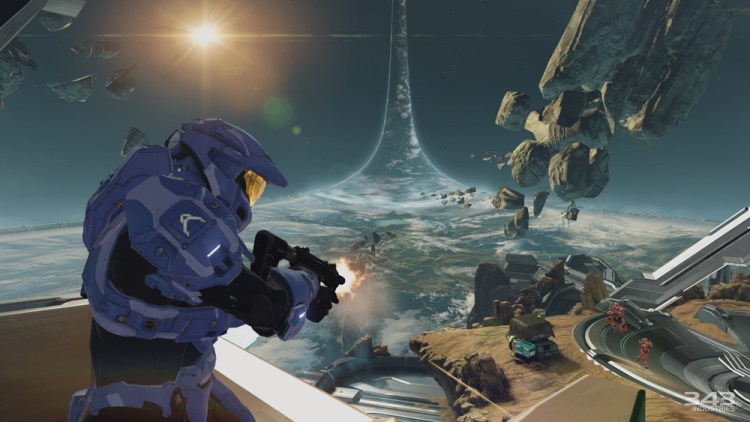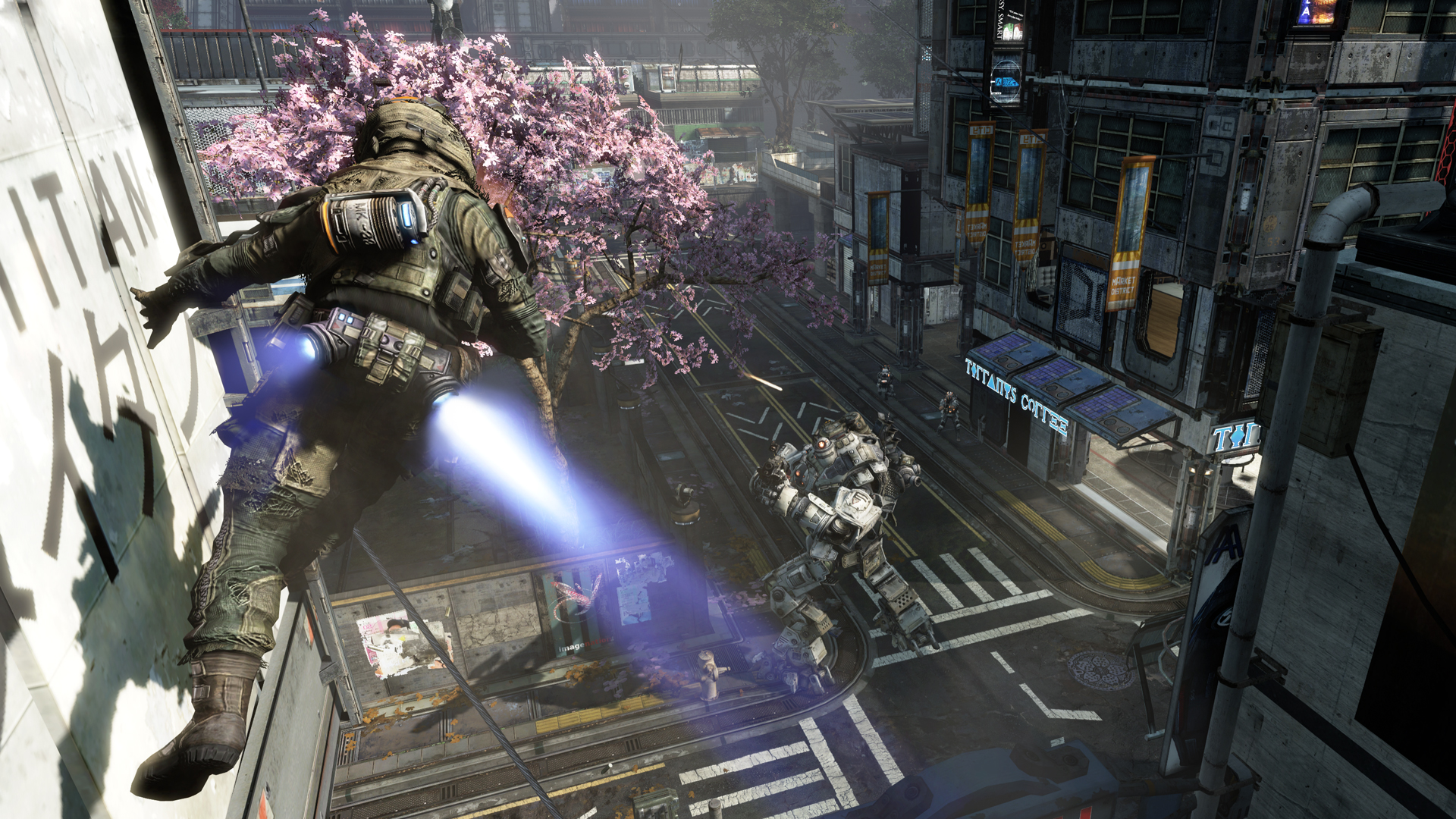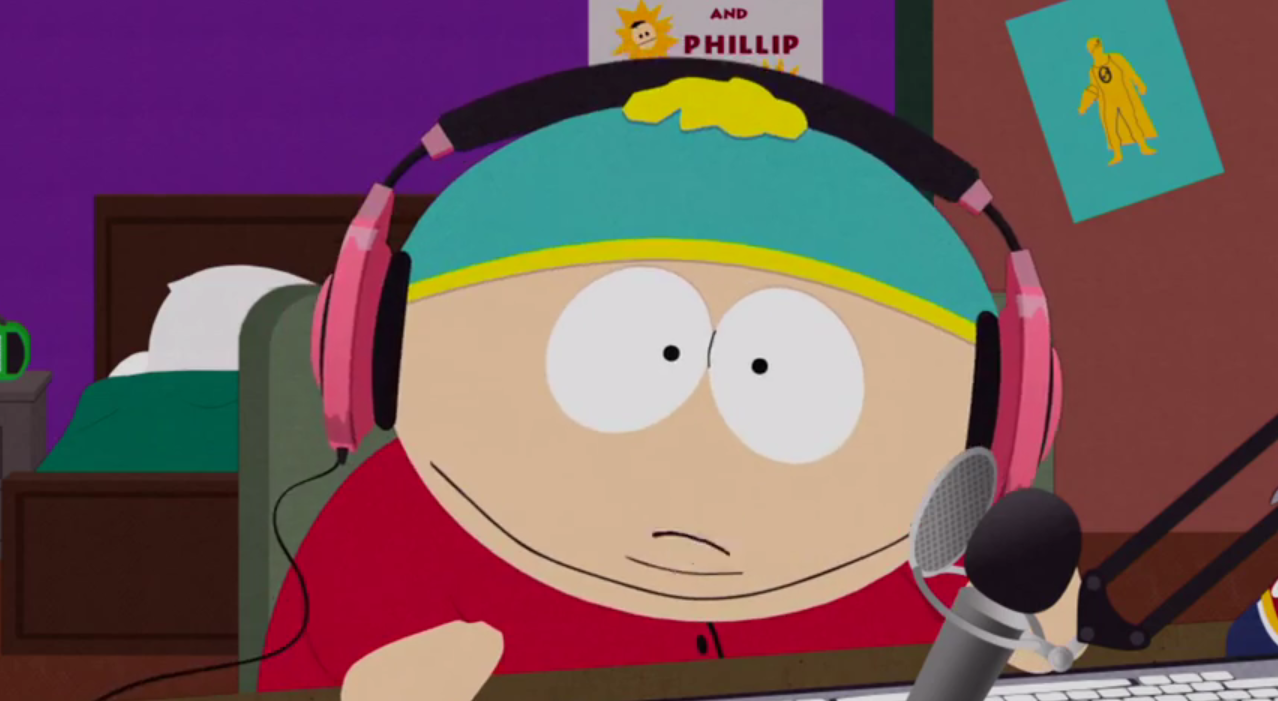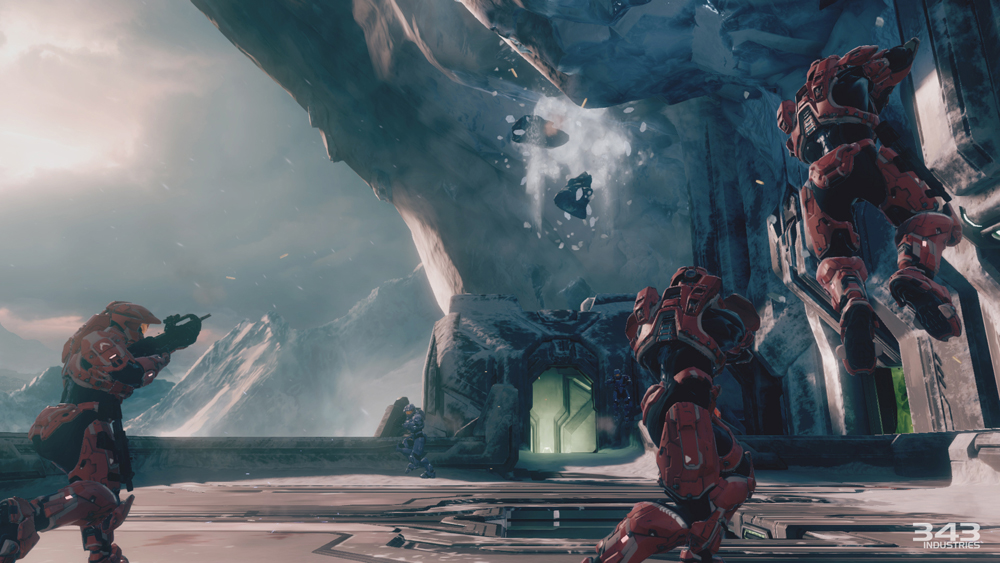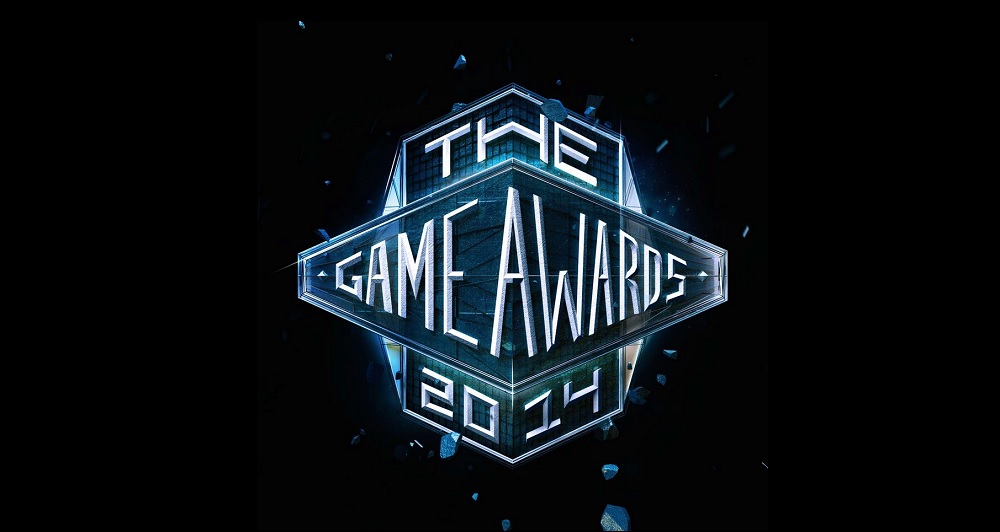Check out all of our Best of 2014 coverage here and Worst of 2014 coverage here.
Yesterday, you read all about the worst of what had stuck to the gaming industry in 2014. Today, I bring you the biggest happenings of the year (good or bad). The following five happenings best describe the better half of the past 12 months of gaming culture. As such, you won’t find recurring trends we see every year here, like massive layoffs, games getting delayed into next year, major console-makers dueling each other with “exclusive” game deals, or big-name company heads leaving their cushy gigs for other — likely just as cushy — gigs elsewhere.
What you will find is a year eager to relive its recent past, to refine time-wasting to an art form, and to start taking advice from twentysomethings with massive headphones on YouTube.
These were the tropes that made 2014 what it was.
Trans-generational ‘remasters’
Publishers and developers alike take every new console generation as an excuse to re-release any game in their back catalog that could reasonably ship another 100,000 copies. It’s no surprise why, as re-releases are a smart business move, a predictable cash-in with minimal production cost overhead (compared to making a new game from scratch, at least). But in the past, publishers seemed to give players the benefit of a two-year grace period before opening the remake floodgates, presumably letting the new hardware develop a big enough install base.
Not so in 2014. Square Enix released “definitive” editions of Tomb Raider and Sleeping Dogs, both Metro 2033 and its sequel Last Light got packaged together for Metro: Redux, 343 Studios and Microsoft Games bundled all of the numbered Halo games for The Master Chief Collection on Xbox, Sony heralded the PS4 remaster of Naughty Dog’s The Last of Us like it was a new experience, and Rockstar Games dropped a new first-person mode into their re-selling of Grand Theft Auto V. To everyone’s credit, the re-releases have largely become the superior versions of their respective games. But it seems that no one could even wait for nostalgia to set in before starting the disc printers back up. And with Capcom just recently announcing current-generation ports of Devil May Cry 4 and Ninja Theory’s DmC, the 1080p-ification of the most marketable games of the past five years is a well that’s not going dry any time soon.
First-person shooters went on the move
2014 wasn’t a year for trench warfare. Gamers haven’t spent too many hours on multiplayer servers steadily advancing back and forth between stationary objective points as they had in the early years of the previous generation. And with this ear’s crop of hyperactive shooters, it’s hard to see popular games ever going back to the tried-and-true gameplay styles of our time spent reliving World War II. For all of the advanced gear and shiny guns thrust in our faces this past year, greater mobility was the most revolutionary tool in our virtual battlegrounds.
The major industry tentpoles, be it Bungie’s Destiny, Sledgehammer Game’s Call of Duty: Advanced Warfare, or Respawn Entertainment’s Titanfall, handed us jetpacks and landspeeders and encouraged fast-speed chaos. We could scale and run along pretty much any smooth surface or jump as if we were on the moon — making us incorporate a new, more vertical layer to our deathmatch strategies. Everything felt faster and more fluid in 2014, to the point where our virtual battlefields now resemble a ballet of hyperactive cartoon characters.
We’ve tried jetpacks and parkour in games before, but never to this level of success. Our new foot-speed and aerial flexibility have added a new element of risk to first-person shooters. Staying in one place and sniping your way to the top of the leaderboard rankings is next to impossible when everyone is bouncing around the map as if they were partially comprised of rubber. This year, we saw the future of warfare, and it involves a lot of jumping.
Let’s Play culture took over
Watching people play games has taken over the time many people originally used to play the same games themselves. By the time South Park ended its latest season with a two-part satire of Let’s Plays — gameplay videos recorded and uploaded by amateur commentators — the attention shift had already happened. The most popular channel on one of the world’s most trafficked sites is of a Swedish guy making bad jokes over recent game releases, and he gets more unique viewers each month than most of the professionally maintained game websites do combined.
Studios have begun to design toward the trend, releasing games just as (or more) fun to mock and/or obsess over than to play. Octodad, Goat Simulator, and Five Nights at Freddy’s (among others) owe their sustainability and popularity strictly to how well they lent themselves to allowing nondescript people overreact to them on the Internet. It’s be interesting to see how — or even if — a game’s popularity on Let’s Play networks translates into sales.
For the time being, advertisers certainly have taken notice. Dozens of otherwise unremarkable individuals have made full-time employment for themselves through Let’s Plays. In between driving consumer interest and curating the modern indie game scene, these commentators are living the previously unrealistic dream we all had when we were 12 — playing games for a living.
And they are doing it well.
No one could launch an online multiplayer game properly
Gamers both in and outside the press have clamored on about the various bugs in some late-year releases, largely stopping two weeks after the point when the glitched-out, eyes and teeth-only faces of characters in Assassin’s Creed: Unity were funny. But a more troublesome release pattern has been happening all year round: that of faulty — if not completely botched — multiplayer campaigns. Worse still, these problem-ridden launches seem to happen with games with only multiplayer components.
Much of the Halo: The Master Chief Collection’s matches were nigh unplayable at launch, Rockstar couldn’t get Grand Theft Auto Online to work on the PlayStation 4, and Blizzard issued free play time to early adopters of its latest expansion for the dedicated denial-of-service attacks therein. Huge, profitable companies – many at the top of the online gaming totem pole in terms of traffic and esteem – seemingly couldn’t manage the same kind of multiplayer releases they had been doing for years before. Some excuses were valid; other times it seemed publishers had forgotten what Quality Assistance is for.
Botched launches like these did more than annoy consumers. Between these and embargoed review dates for online-centric titles like Ubisoft’s The Crew, consumers began to question the critical relevance of the current gaming press infrastructure.
Game conventions avoid major embarrassment (for once)
Not the most flattering of trends to end on, but recall the last 12 months. The only deeply shameful thing the gaming community can really look back on in 2014 was the behaviors surrounding Gamergate. Our conventions, however, once the weapons depot for news pundits and the professionally offended to retread negative gaming stereotypes, largely ran as intended.
Compare our almost uneventful year to what we’ve dealt with in the past. Fake religious E3 protests engineered to sell mock outrage over Dante’s Inferno, outrage spilling over into the Penny Arcade Expo after one of the company’s comic strips talked about Dickwolves and rape, hyped up GDC parties that paid “professionally social” women to entertain largely male partygoers. For the longest time, the gaming industry couldn’t hold a bake sale without making a colossal faux-pas or worse.
But 2014 showed that – for once – we could be almost boringly on point when it came to press junkets and celebrations. The Penny Arcade Expo successfully instituted its Diversity Lounge in response to complaints over one of the founders’ candid remarks on transgender people. GaymerX died, only to be immediately resurrected for next year thanks to a Kickstarter campaign. E3, GDC, and BlizzCon did their respective things, made a few headlines, and started prep for 2015. And booth babes continue to be a fading memory of past industry idiocy.
Hell, we just had two events happen this past month, just weeks after their initial announcements. And nothing drew the ire of the outside media or the shame of the internal press. The death of the universally disliked Video Game Awards didn’t hurt the morale, either.
Our failure to trip up on the convention circuit this year may be a small victory, but it’s one still worth celebrating.
VentureBeat's mission is to be a digital town square for technical decision-makers to gain knowledge about transformative enterprise technology and transact. Learn More
